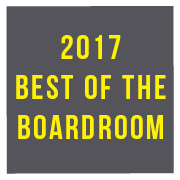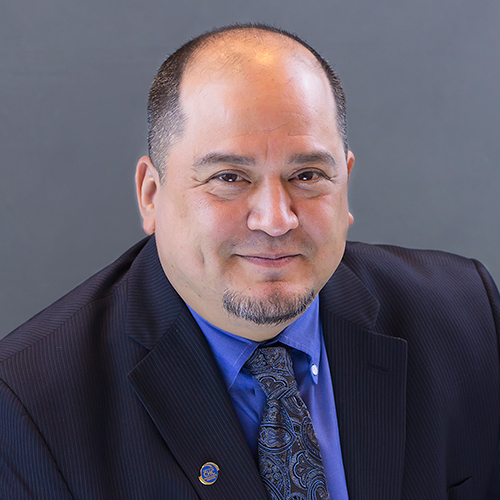
A major rebranding initiative is just another day at work for Michelle Galindez. “We’ve probably gone through more rebrands than your average company, just because we have grown so much through M&As and through organic growth,” says Galindez, vice president and US Buildings director of marketing for professional services firm WSP.
The company’s last rebrand was in 2013, which did a lot to help bring their messaging to their staff, as well as externally to their clients. Now they’re doing it all over again, but this time on a global level.
Acquiring and merging with other companies in the same or similar markets can ultimately be great for everyone involved, but it can also create branding challenges. Up until this year, they were running a co-brand that combined the names of two companies, but the company wanted to unify under one name as a single entity. That’s when they made the decision for a global rebrand and a new name: WSP.
Galindez helped with the 2013 branding, and this time, she is managing the rebrand as it will affect the US Buildings group.
“It still feels like the same effort because you have to manage what people communicate about the new brand, how we will display ourselves in the marketplace, how we will update our materials, how we can drive business development messages to the clients, and how we make sure clients know it’s still the same company with the same great people,” she says.
Having started with the company in 2001 doing proposals and miscellaneous tasks, Galindez has spent her sixteen years with WSP working her way up to lead the company’s national marketing team for the buildings sector. She has been with the company as it has grown organically, as well as through several mergers and acquisitions.
“There’s a lot of longevity with the staff here, the kind of work we pursue and the people we work with,” she says.
Galindez thinks the quality of the work they provide has only increased over the years because their growth has allowed them to branch into different markets and really expand their footprint. “All of that helps to bring together both the external and internal messaging,” Galindez says.
A company working in a wide variety of different sectors might leave the company feeling scattered, but that’s not how Galindez sees it. On the contrary, it sees synergy between all the different sectors in which it operates.
“We have specialty markets for things like architectural lighting, sustainability, information technology, low voltage, and security, so we can bring a suite of services to the client,” Galindez says. “Years ago, you would have to team with additional firms or form a joint venture. The fact that we have it all in one house now to cover these services is unique, and the rebrand is going to help drive that synergy together.”
All this requires a lot of coordination with other departments. To make it happen, Galindez has been working with WSP’s corporate communications team, the president of her service line, and the US director of communications, as well as the integration team that Galindez is coordinating. “You sit there as a player-coach,” Galindez says. “You’re a player on the larger team, and then you’re coaching your own team, so there are a lot of moving parts for the rebrand going forward.”
That player-coach position is an integral part of Galindez’s role, and it’s not likely to let up after they’ve completed the rebrand. They have regular leadership meetings, and her number one goal is to really understand the strategic vision of the company and how best to align the marketing plan with that vision.
It’s also important to Galindez to blur the line between coach and player.
“I’m a big believer in not having a boss mentality, but a leader mentality,” Galindez says. “That means you roll up your sleeves and get your hands dirty and work hard to get results.”
What To Consider When Rebranding
Get familiar with the products/services your company provides
“The way I honed my experience was by going to project sites with engineers and understanding everything we do,” Michelle Galindez says.
Consider internal as well as external marketing
Internal marketing is geared toward your workers, while external marketing is geared toward your customers/clients. Your employees need to know the company’s mission and vision so they can further those goals and be your top advocates.
Remember, marketing is business
“It’s important that marketing have a voice in the top leadership,” Galindez says. “We have a big role to play in the direction of how the company will actually function and how it’s perceived by the clients and the competition.”
Have one focused message for the company
Have one message and keep that message in mind for all the markets in which you’re working. “The way our team is set up is that they’re integrated, but multi-locational,” Galindez says. “The idea is that you have people who can be proactive in their local markets to really help the leadership of the company to make sure we can be successful in our goals, as well as our overall mission, vision, and strategy.”

